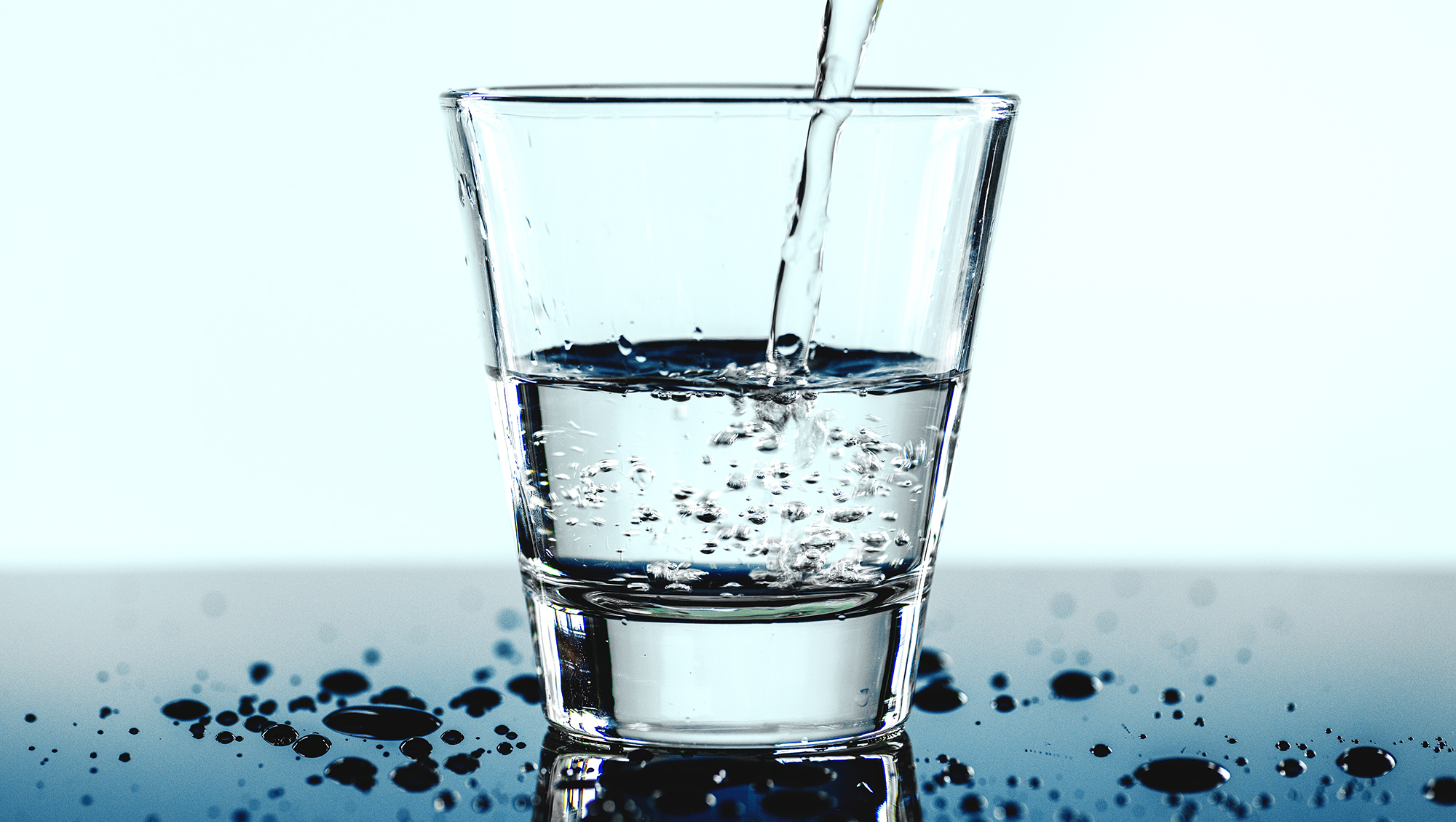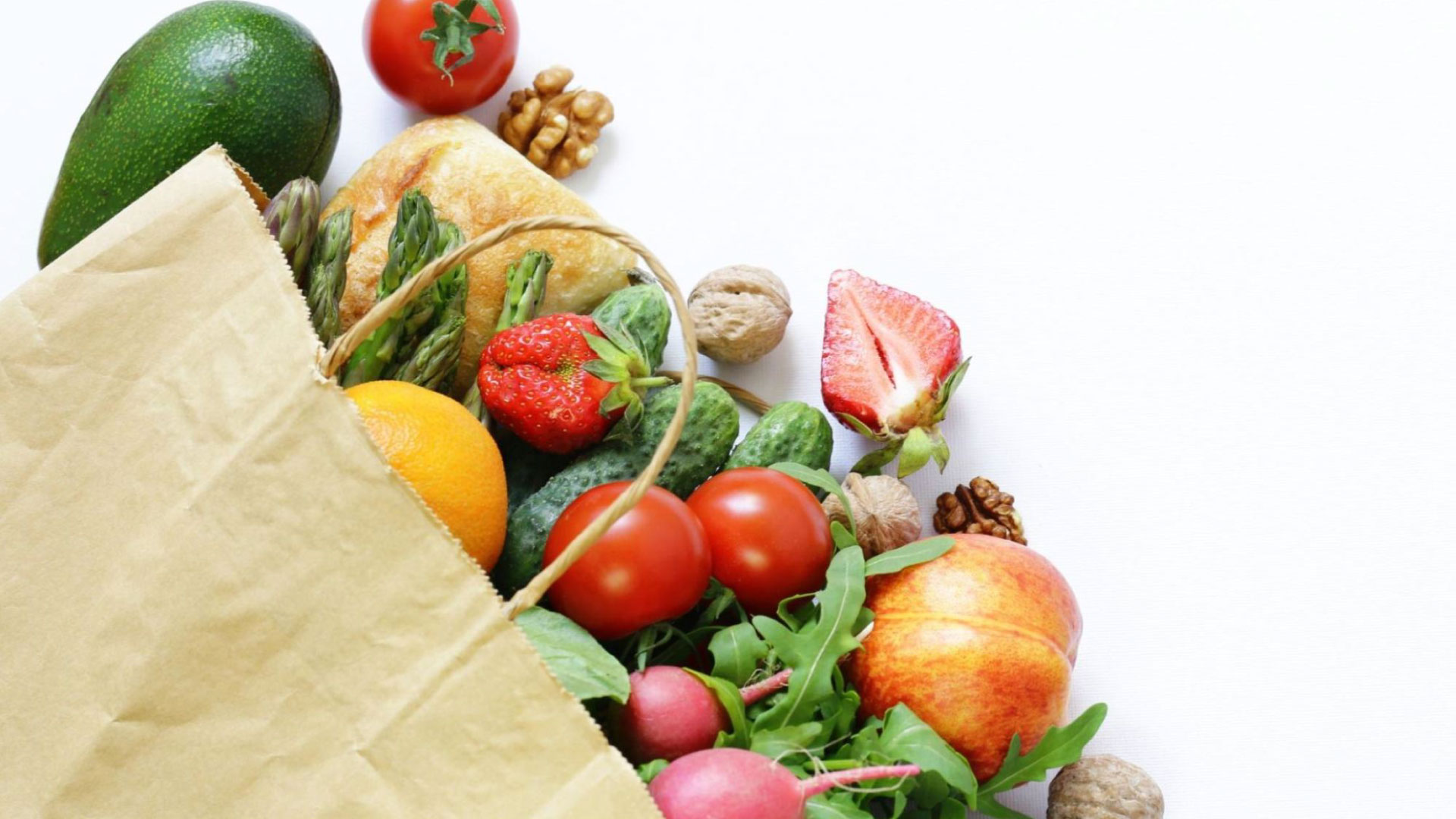
Looking Into the Difference Between Sparkling and Still Water
Hydration is a crucial part of human life. According to the U.S. National Academies of
Get Prepared for Easter with Fresh Farms | Now Available Baby Lambs
(Please Ask Our Meat Department For Assistance. Available at all stores except for Devon Ave)

When it comes to fresh produce, there is a lot to think about between selection, purchase, and preparation. This guide will show you how to avoid food safety hazards as well as tips and tricks for making your produce selection more nutritious and cost-effective. These are Food Safety First’s top fruit and vegetable buying tips, from the supermarket shelf to your kitchen counter.
It’s an ideal environment for bacteria to hide and quickly spread throughout the fruit or vegetable. Furthermore, spoiled produce is less nutritious and more unpleasant to eat.
If it’s ripe, it should give slightly when squeezed. Except for apples, no fruit should be hard. When fruits like pears, bananas, and avocados are left at room temperature, they continue to soften.
Ripeness in your fruit is indicated by a sweeter scent.
Fruit that is smaller in size is usually sweeter.
Choose a variety of colorful produce. Different colored fruits and vegetables contain a variety of phytochemicals, each with a unique set of nutritional benefits.
Not all types of fresh produce are available all year. Selling certain produce out of season incurs significant shipping costs for retailers, which are passed on to the consumer in the form of higher food prices. Seasonal fruits and vegetables are of higher quality and less expensive.
Choose fresh-cut fruits and vegetables that are refrigerated or surrounded by ice. Fruits and vegetables that have already been halved or opened in some way should be stored and displayed in a chilled environment.
Compare the prices of loose and prepackaged produce. When compared to prepackaged options, buying loose, single-unit produce is frequently a better value. Choosing your own produce allows you to choose higher-quality fruits and vegetables.
Although canned fruits and vegetables have a higher sodium content than fresh and frozen produce, their nutritional values are generally the same. If fresh produce isn’t readily available, consider canned options and sodium-reduced products.
Rinsing produce before consumption reduces exposure to potentially harmful microorganisms and allows you to wash away chemicals and annoying pesticides.
Conclusion:
Consider these helpful hints on your next grocery trip. They will ensure that you receive higher-quality produce at a lower cost.
Get the freshest produce from any of our locations! Assured that we only sell the best fruits and vegetables you can see in the market!

Hydration is a crucial part of human life. According to the U.S. National Academies of

The quality of your meals and drinks can vary based on the ingredients you use.

If you’re looking to celebrate national french fry day, you might want to take it

You won’t always find the stuff you need for sushi when you head to the

Sourcing ingredients for international cuisine can be challenging, especially if you want to make it
Eat well.
Save time.
Live better.